- info@discoveryfiresprinklers.com
- DUNDEE: 01382 817163
- ABERDEEN: 01224 619341
- MANCHESTER: 07904994117
Menu
Combining our in-house design expertise with a highly trained team of installers keeps Discovery Fire Sprinklers ahead of the game in this crucial area.
Creating a fire sprinkler system involves a detailed process that balances following regulations with designing specific solutions tailored to individual property requirements. Important aspects to consider during the design stage include understanding the layout of the building, the type of occupancy and potential fire risks to ensure the best placement and coverage of sprinkler heads. It is also crucial to choose the appropriate type of sprinkler system (such as wet, dry, pre action or deluge) based on the building’s characteristics and water supply capabilities for effective fire suppression.
The collaboration between an in house designer and installers brings significant advantages. This partnership ensures a smooth transition from design to installation, with both teams aligned on project goals and limitations. An in house designer can adjust plans promptly based on immediate feedback from installers, leading to more efficient installations and reducing the chances of mistakes. This teamwork not only speeds up project schedules but also enhances the effectiveness of the sprinkler system overall, meeting safety standards and addressing property specific needs. Ultimately, this integrated approach results in more intelligent fire protection solutions that can safeguard lives and minimize damage during a fire incident.
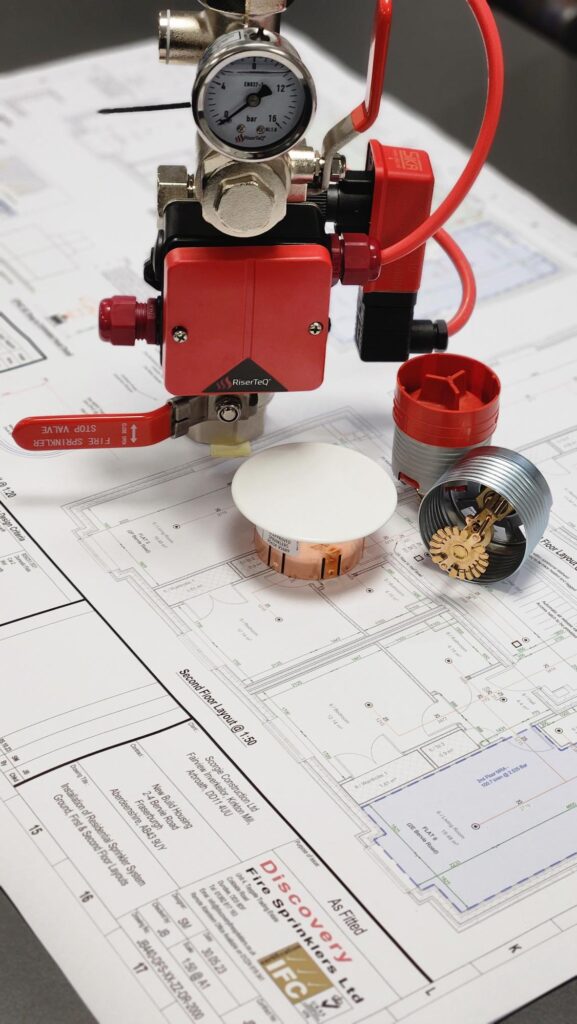
Creating fire sprinkler systems requires choosing the appropriate type according to the building’s features and fire hazards. The partnership between internal designers and installers is essential, enabling smooth project implementation and immediate design modifications.
This collaboration not only simplifies the installation process but also guarantees that the sprinkler system is tailored effectively to address particular safety requirements. The combined effort results in smoother installations, reduced mistakes and enhanced fire protection, ultimately delivering strong systems capable of safeguarding lives and assets.
Designing a fire sprinkler system requires careful consideration of the building’s layout, occupancy type, and potential fire hazards. Optimal placement and coverage of sprinkler heads are essential for ensuring comprehensive protection. The choice between wet, dry, pre-action, or deluge systems must align with the building’s specific needs and water supply capabilities.
The integration of in-house designers with installation teams streamlines the process from concept to completion. This collaboration facilitates a seamless transition, enabling quick adaptations to design plans based on installer feedback. It ensures that both teams are working towards a unified goal with a clear understanding of the project’s requirements.
An in-house design approach significantly benefits the project’s efficiency and the sprinkler system’s effectiveness. Real-time design adjustments reduce errors and installation times, leading to smarter fire protection solutions. This method not only meets safety standards but also caters to the unique needs of the property, providing robust fire suppression that can save lives and reduce damage.
Our team of professionals are available to provide a wide range of sprinkler systems to meet your needs.
Contact our office today to learn more about this and our other available services.
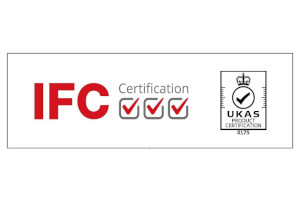
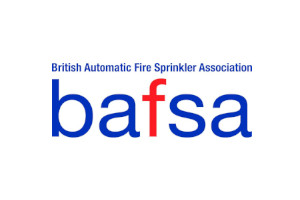
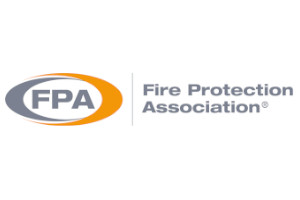
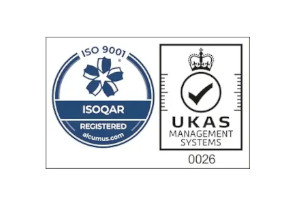
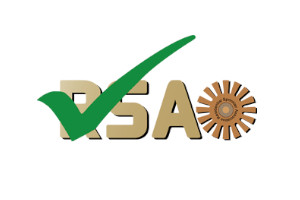
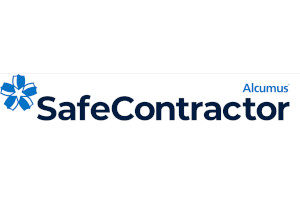

Certificates &
Accreditations

IFC 3rd party certified in Residential & Domestic Fire sprinkler systems, Wet & Dry Risers and Commercial Fire Sprinkler systems Specialising in High rise,mixed use occupancies & student accommodation